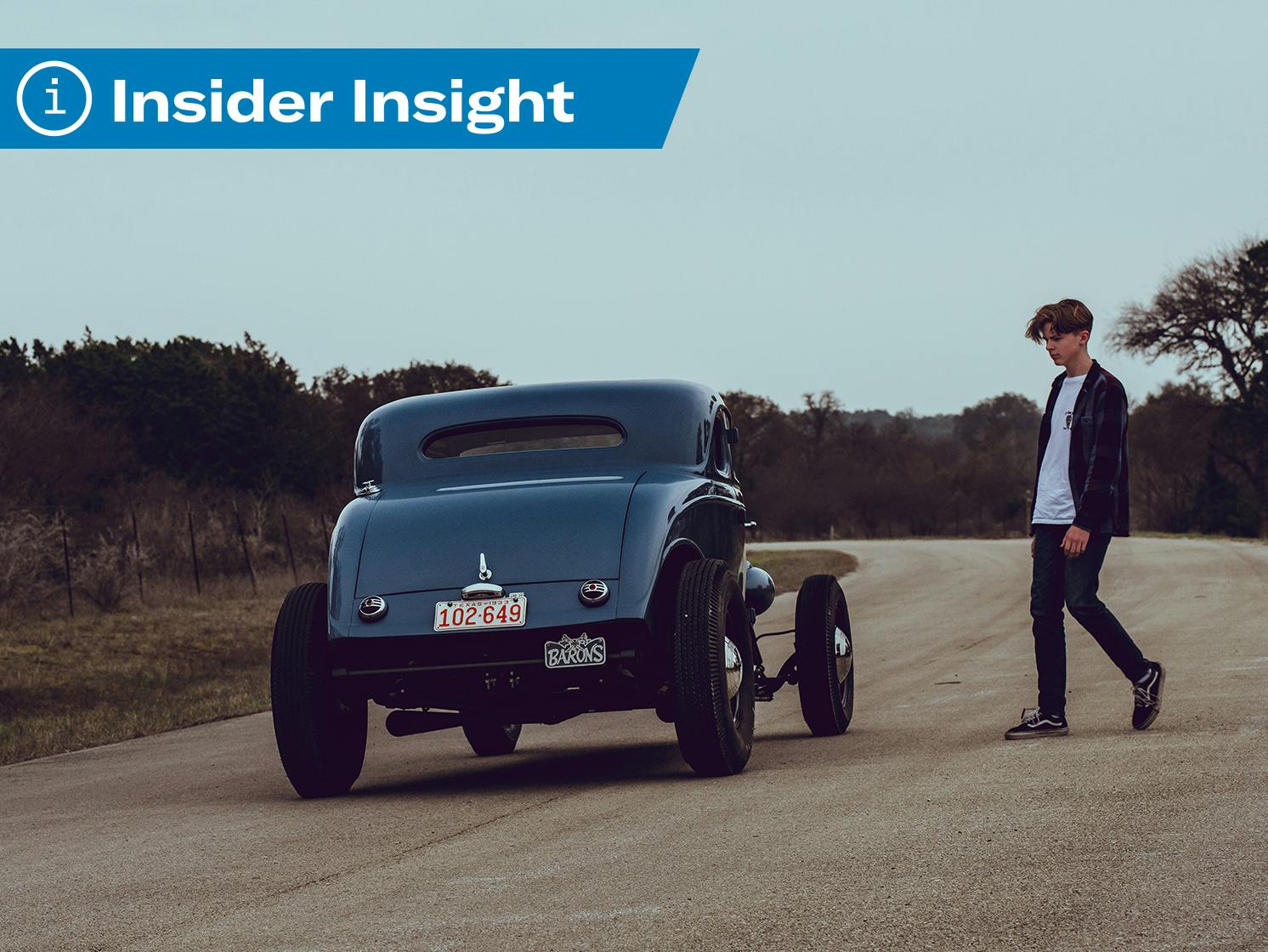Year in Review: The collector car market got larger and younger in 2021

The top-line story of 2021 for the collector car market has no doubt been rising values. Supply chain woes and signs of inflation, combined with strong demand, had the effect of pouring gasoline onto what had been a slow burn of the enthusiast vehicle market.
Yet this story, while important, is also transitory. Prices rise, prices fall. Even the disruptions caused by the pandemic will recede some day (although we can’t begin to guess what day that’ll be). Taking the long view, the key trends for 2021 are who bought collector cars, and how they bought them.
More classic cars selling in more places
Let’s start with the latter point. No surprise, online auctions continued to grow. In 2021, more vehicles sold on dedicated enthusiast vehicle platforms than they did at live auctions for the first time. However, live auction also grew considerably (mostly thanks to Monterey Car Week), posting their highest sales since 2018.
Most important, the private market also posted big growth. We say most important because the private market (which we're able to observe thanks mostly to anonymized data from our insurance business) remains the place where nearly 90 percent of transactions actually happen.
Car collectors are getting younger
So, the collector car market grew in 2021. Will it keep growing, long term? We think so, largely because of who is driving the growth. Specifically, we continue to see more and more enthusiasts born after 1964 joining the fray. Gen-Xers, millennials, and Gen-Zers now constitute the majority of people calling Hagerty for quotes on collector car insurance, and that majority continues to grow stronger. Much of this shift is explained by enthusiasts in their 40s and 50s entering their peak earning years, but even twentysomethings are making their presence felt.
Defining the market by generation has its limitations—namely that we tend to fixate on the areas where collectors' tastes differ when the vast majority of them like the same stuff (i.e.: muscle cars). Still, it doesn't surprise us that the hottest segments of the market happen to be the newer classics that these younger collectors tend to love.
Note that the entrance of younger collectors doesn't require the exodus of older ones. Baby boomers remain highly active in the market and continue to dominate its upper echelons. For the foreseeable future, that means more enthusiasts will be chasing a widening subset of cars they consider collectible. That, more than any record sale or change in the economic winds, makes us optimistic about the state of the collector car market in 2022 and well beyond.

